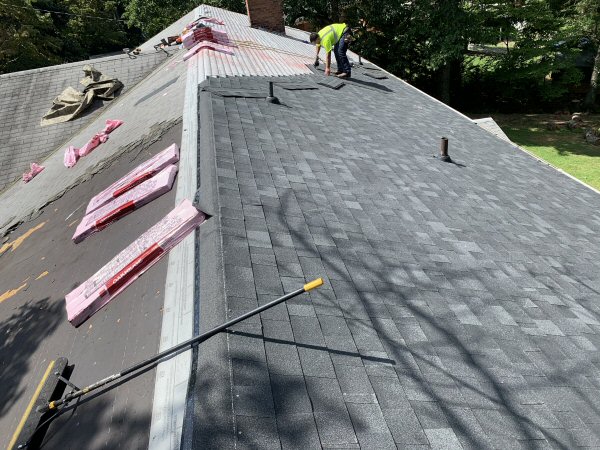There are several reasons why your insurance company might not cover your roof, even if it’s damaged. Here are some of the most common:
- Age of the roof: Insurance companies typically won’t cover the full cost of replacing a roof that’s past its expected lifespan, which is usually around 20-25 years depending on the material. They may offer coverage for specific types of damage, but they’ll consider the age as a factor and might only cover the depreciated value, not the full replacement cost.
- Wear and tear vs. specific damage: Insurance covers sudden and accidental damage, not gradual wear and tear. If your roof leaks due to worn-out shingles, it might not be covered. However, if a storm damages your roof and causes leaks, that would likely be covered.
- Policy exclusions: Your specific policy might have exclusions that apply to your situation. For example, some policies might exclude coverage for certain types of roofing materials, or for damage caused by specific events like earthquakes or floods.
- Claim details: The way you file your claim can also impact the outcome. Make sure you accurately document the damage, file the claim promptly, and communicate clearly with your insurance adjuster.
It’s important to review your policy carefully and understand what it covers before assuming your roof will be covered. If your claim is denied, you can usually appeal the decision. It’s also recommended to consult with an insurance professional or a lawyer specializing in insurance claims if you need further guidance.

